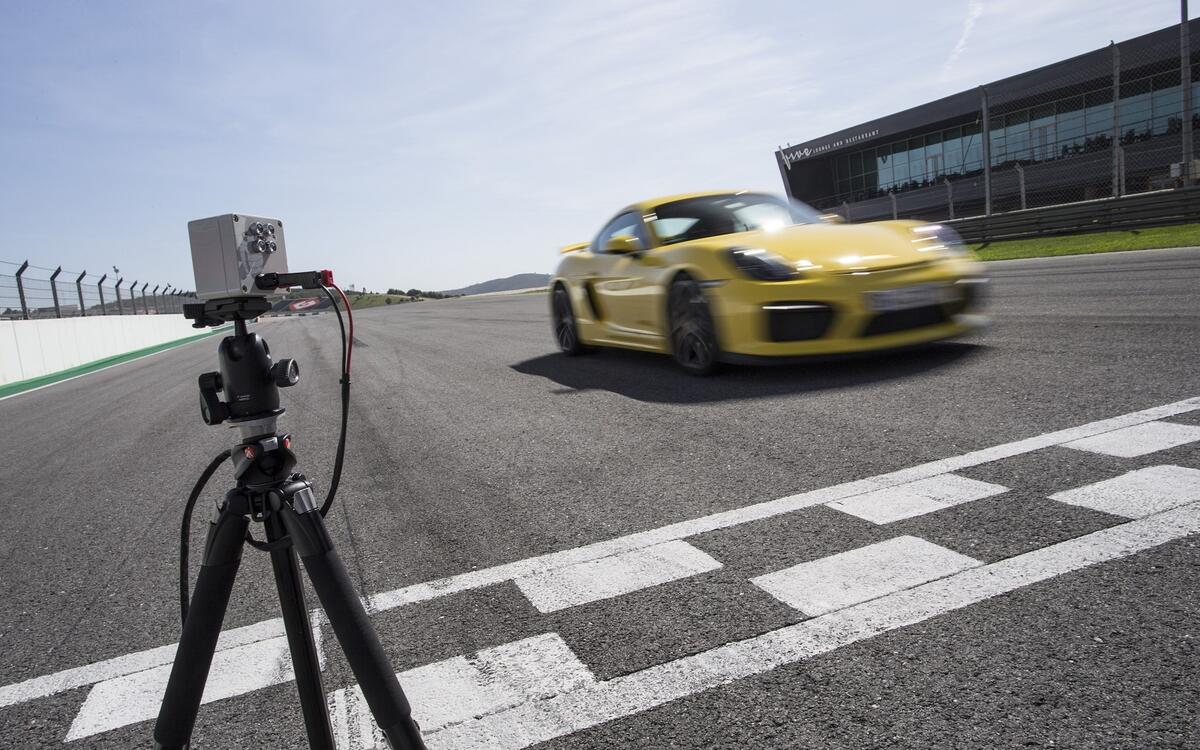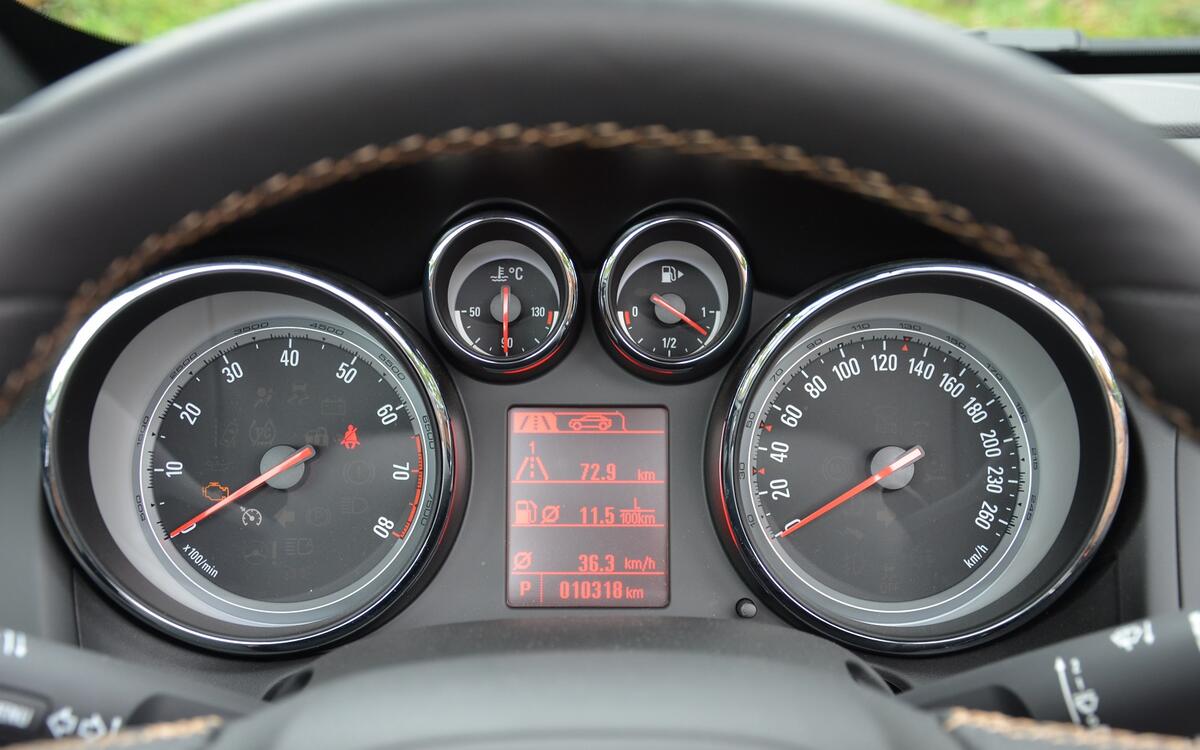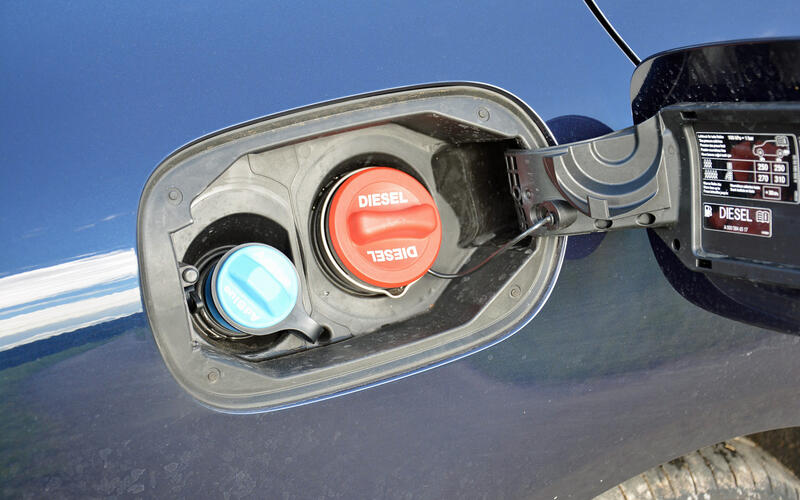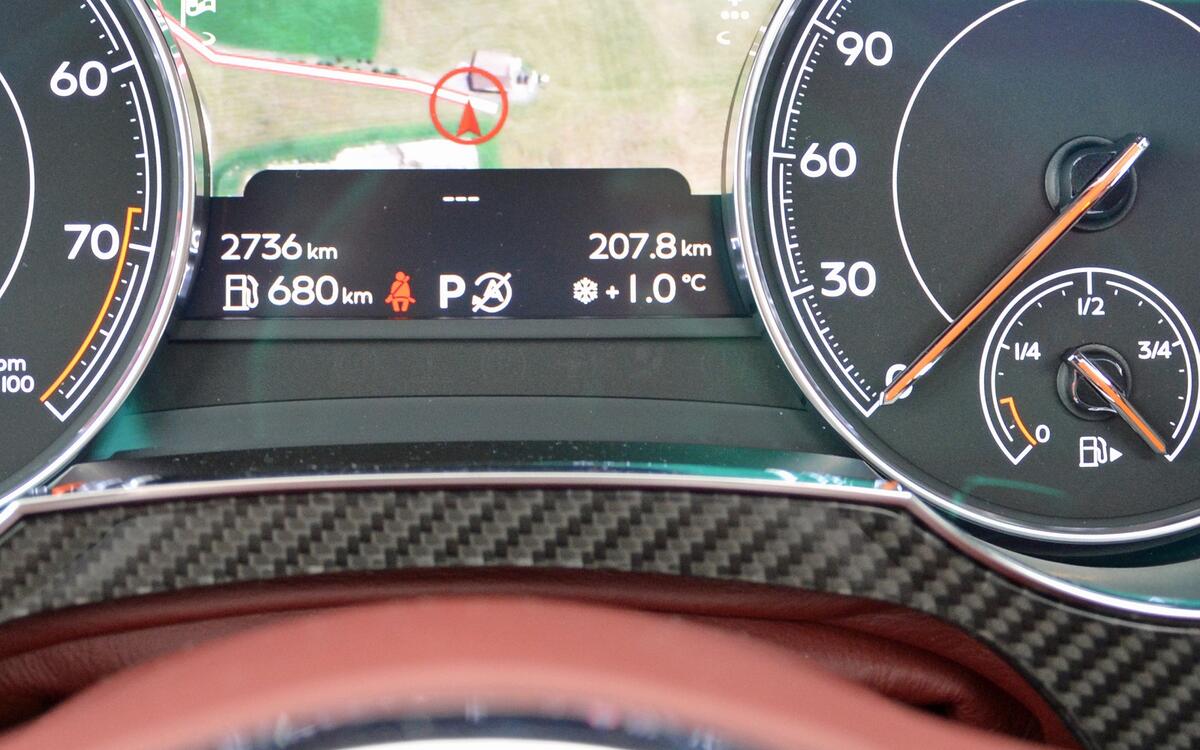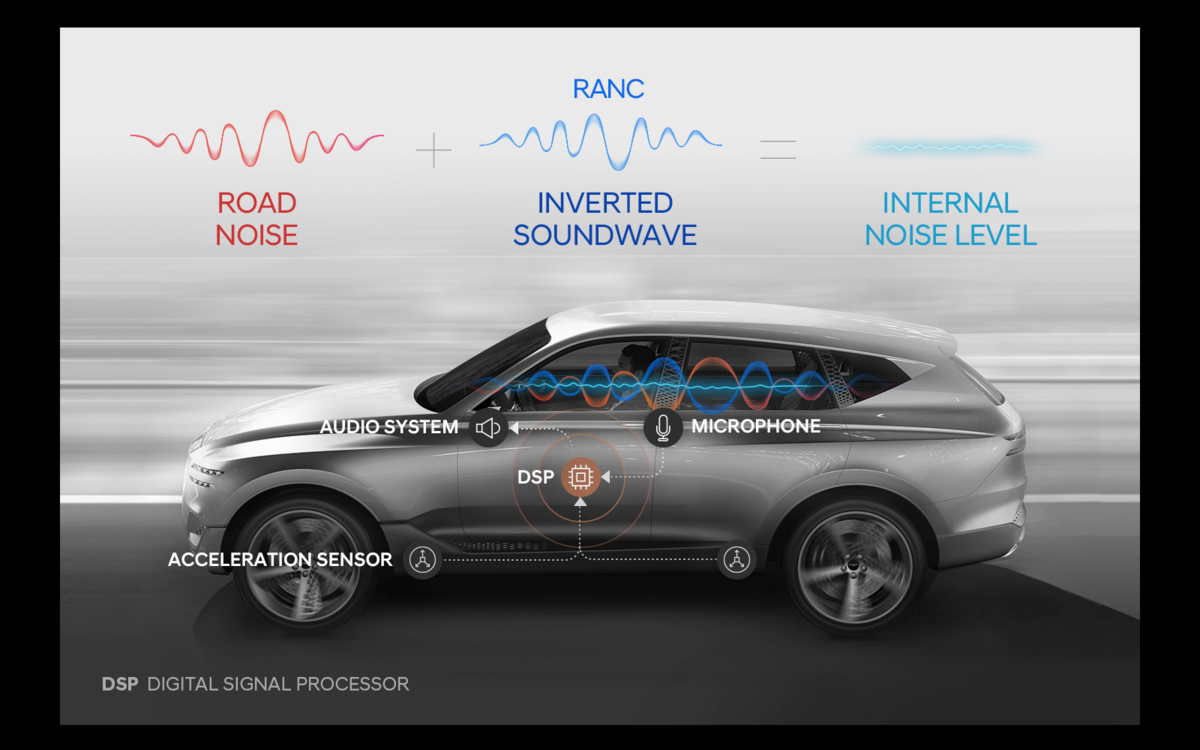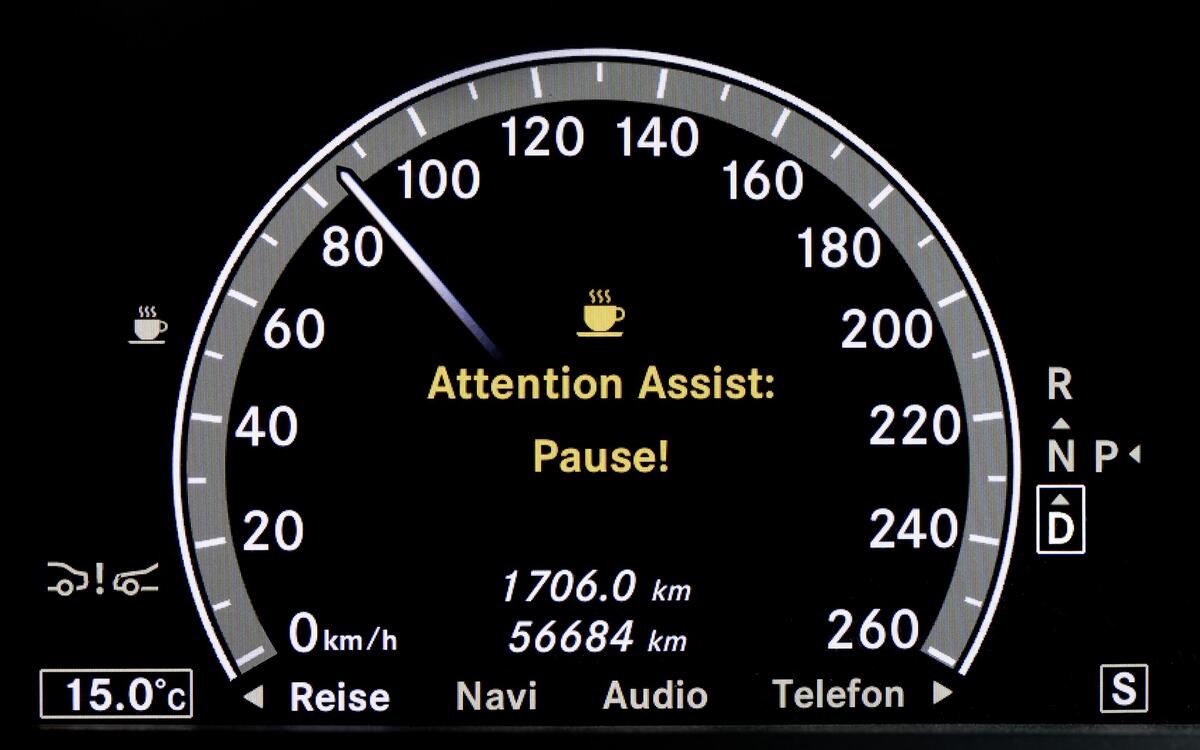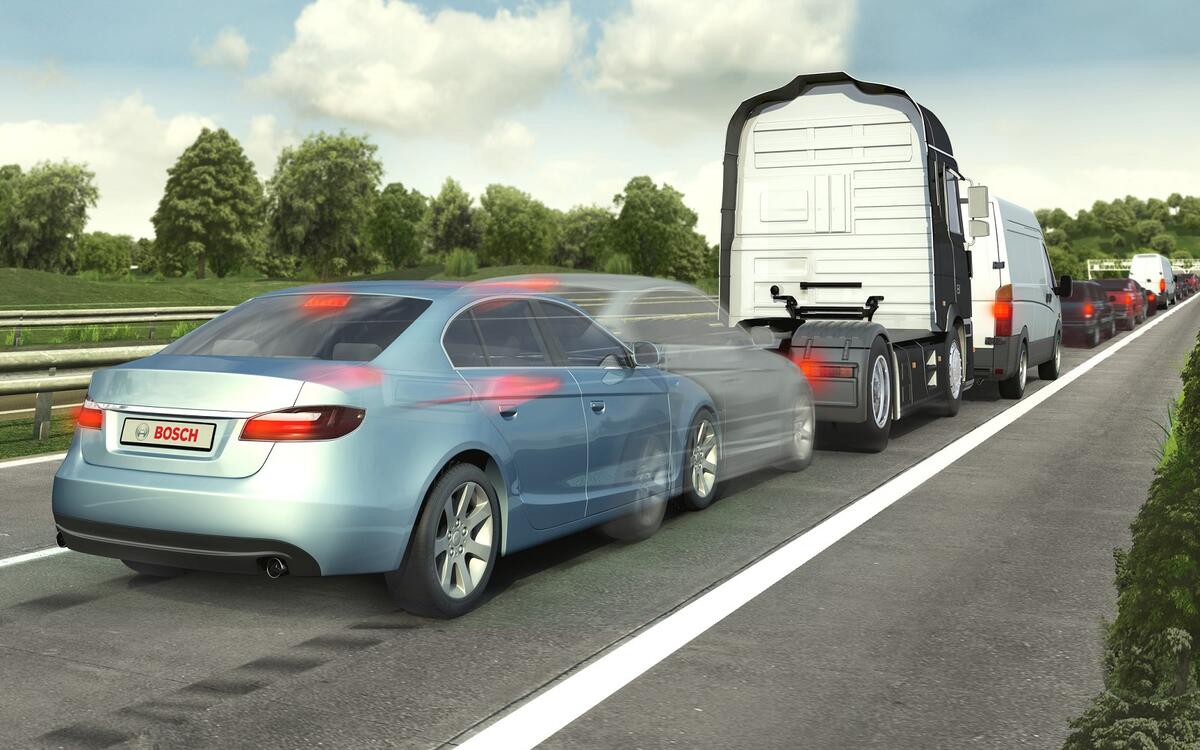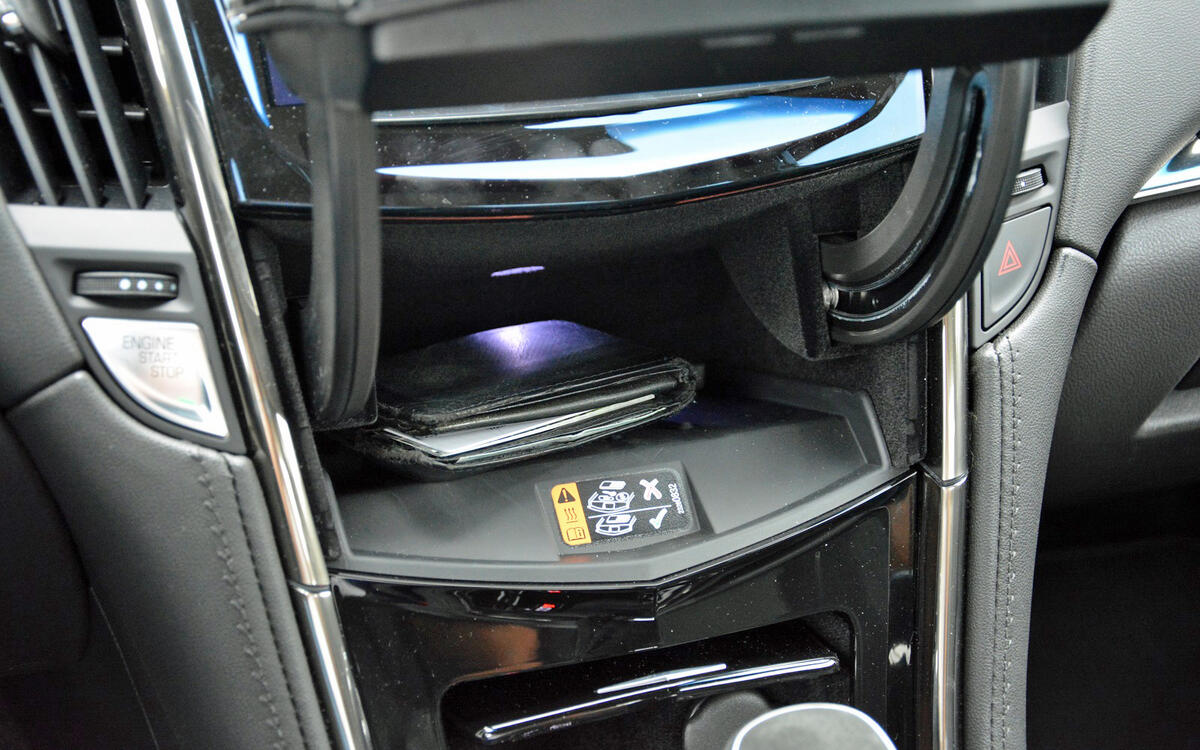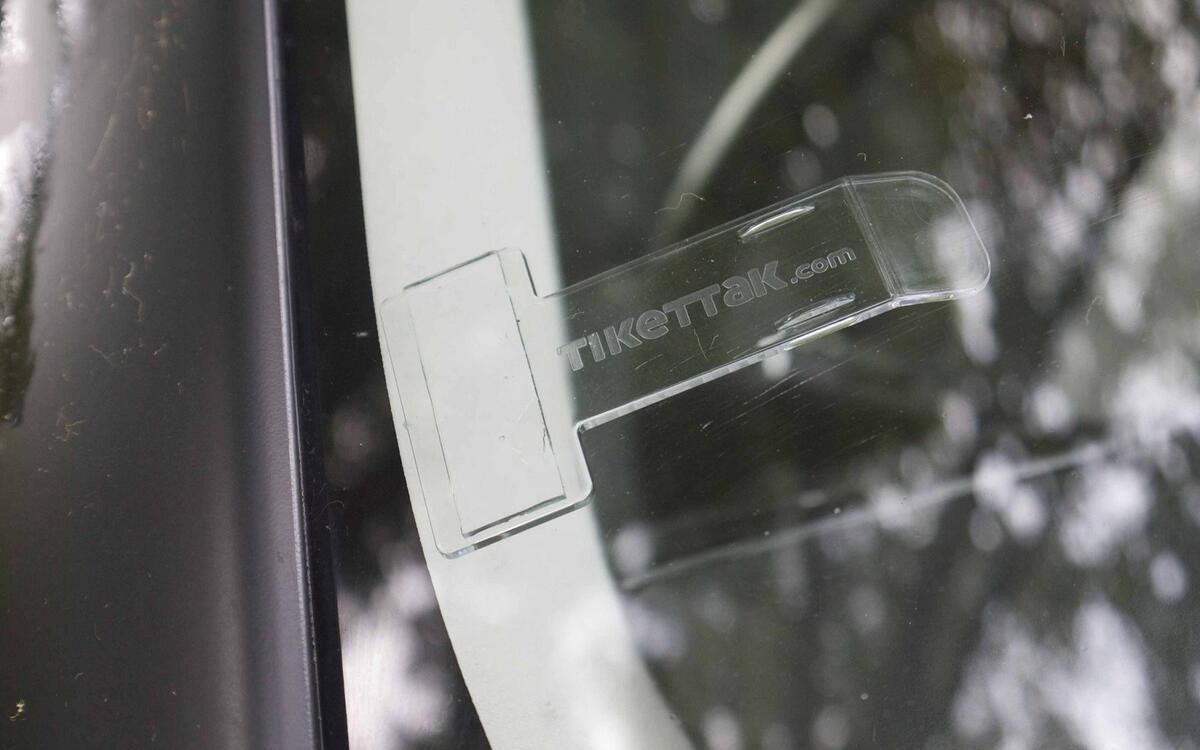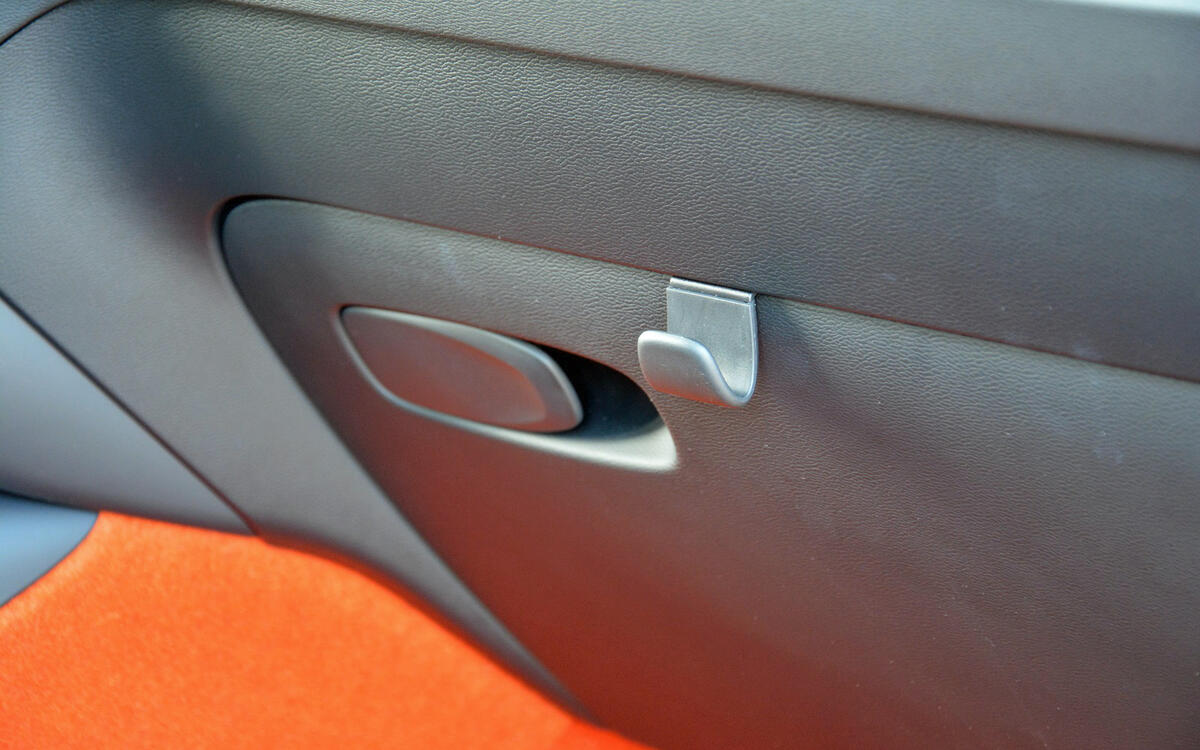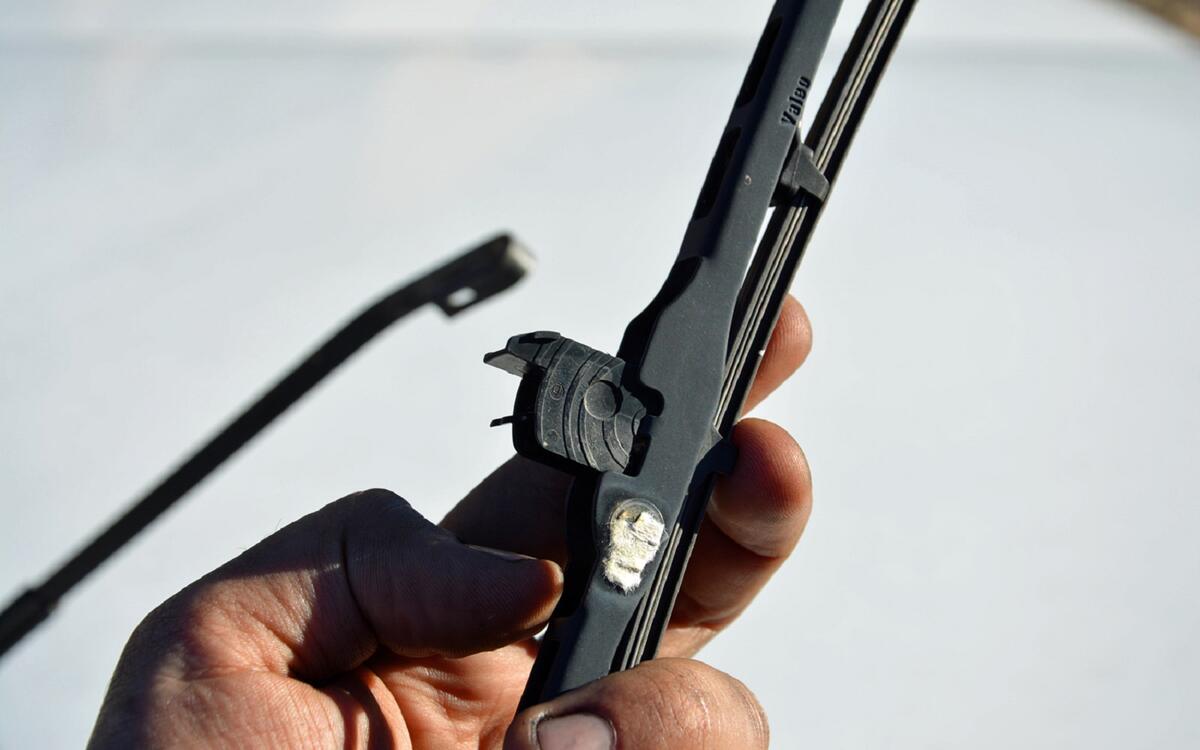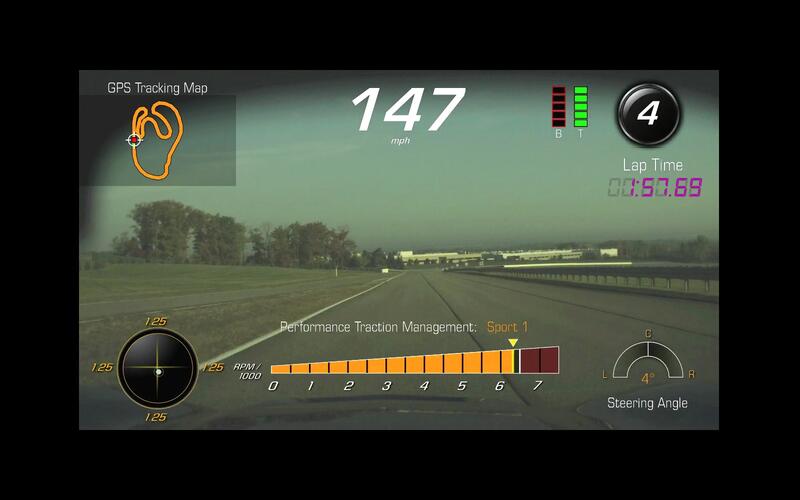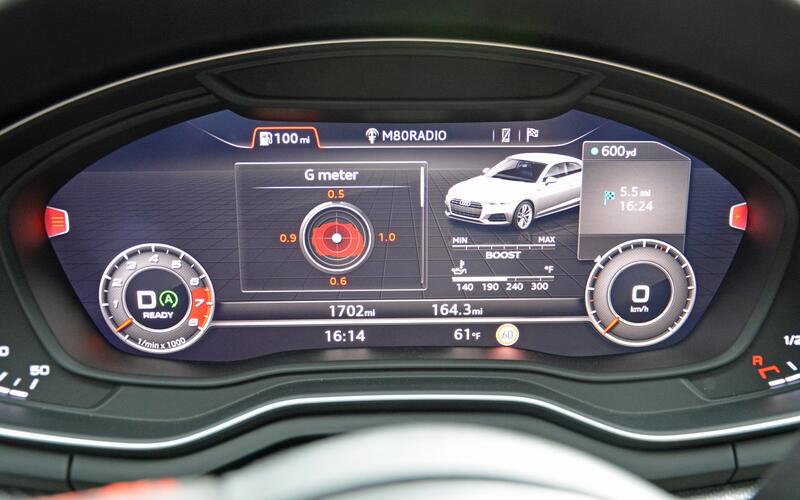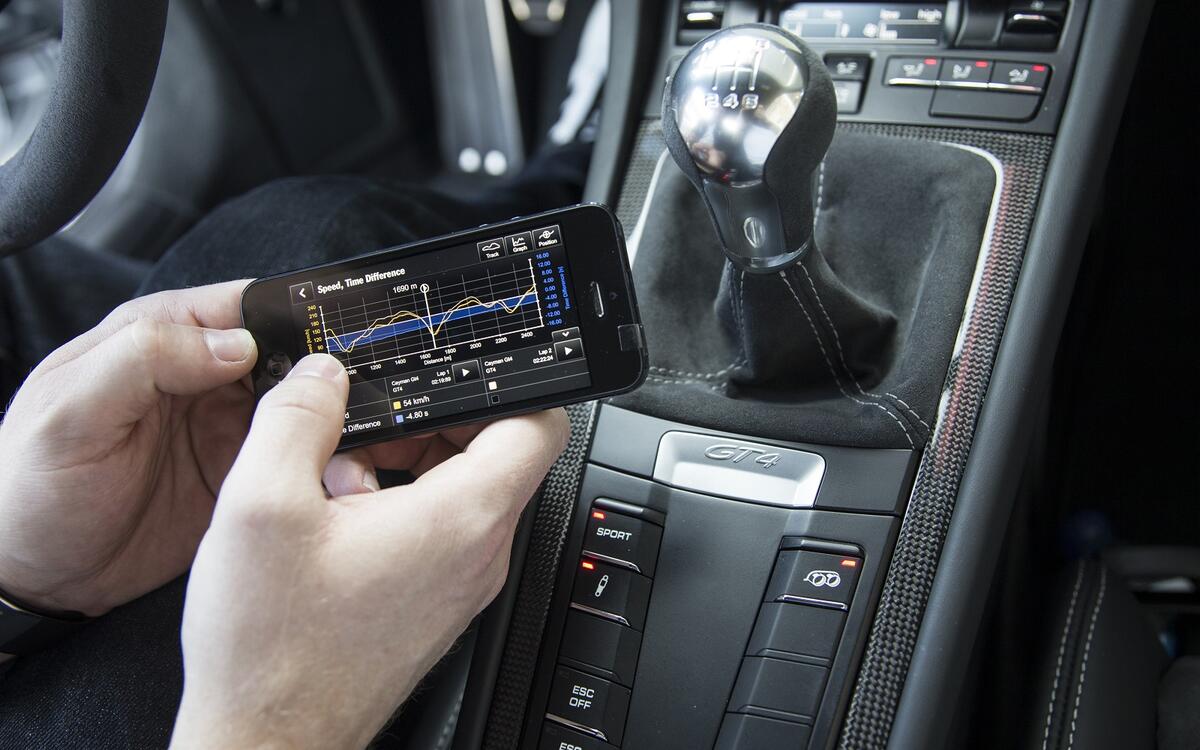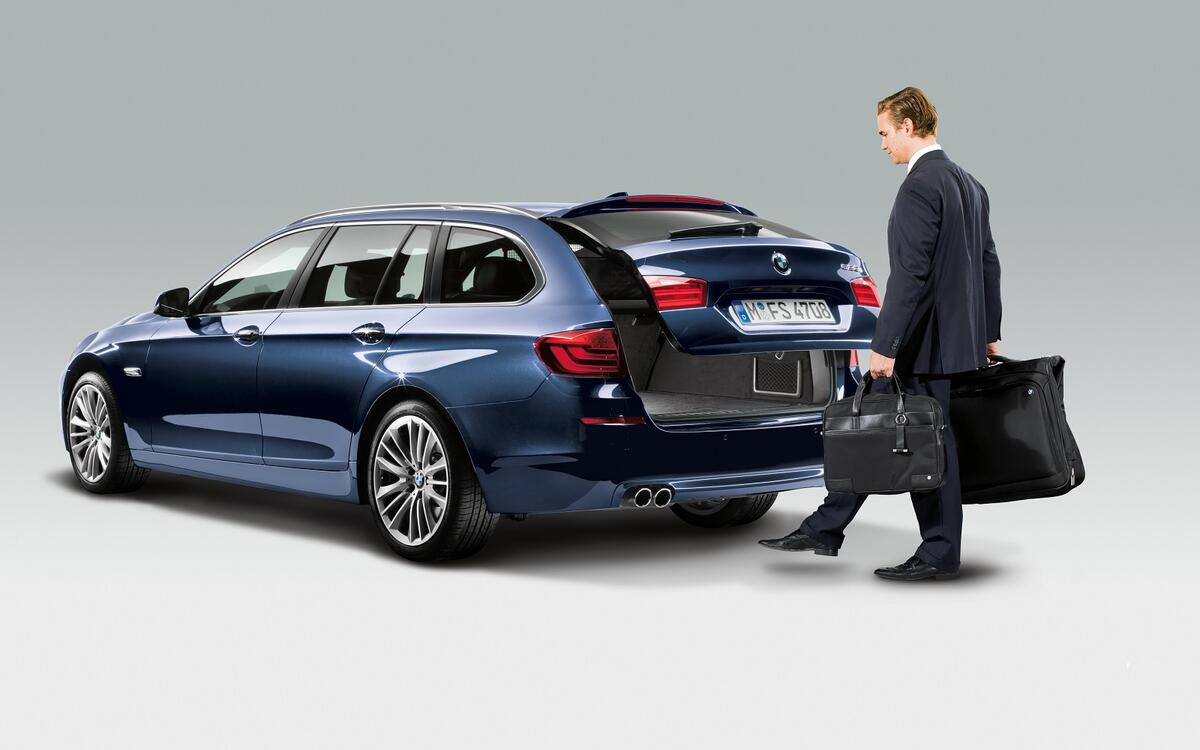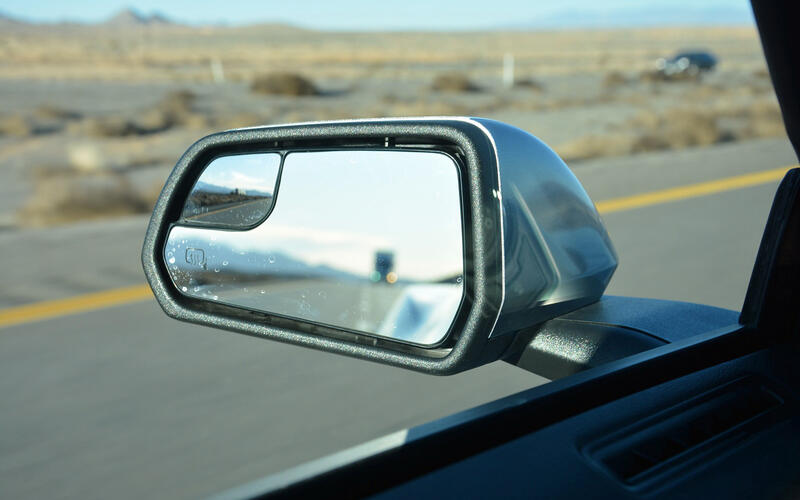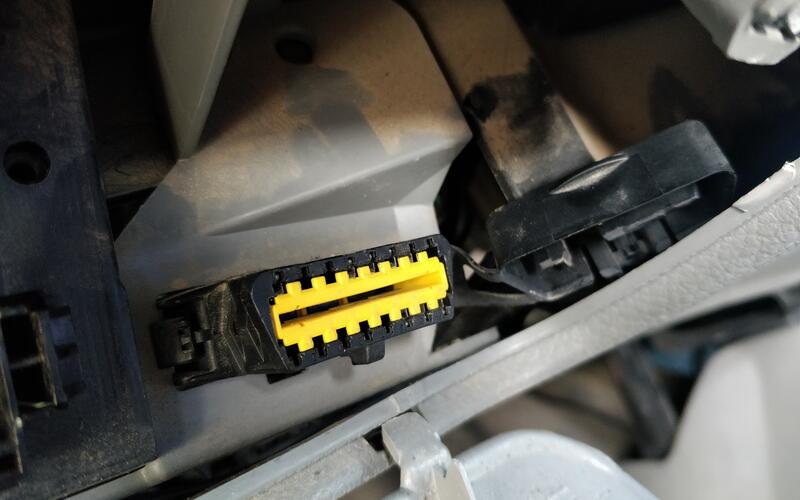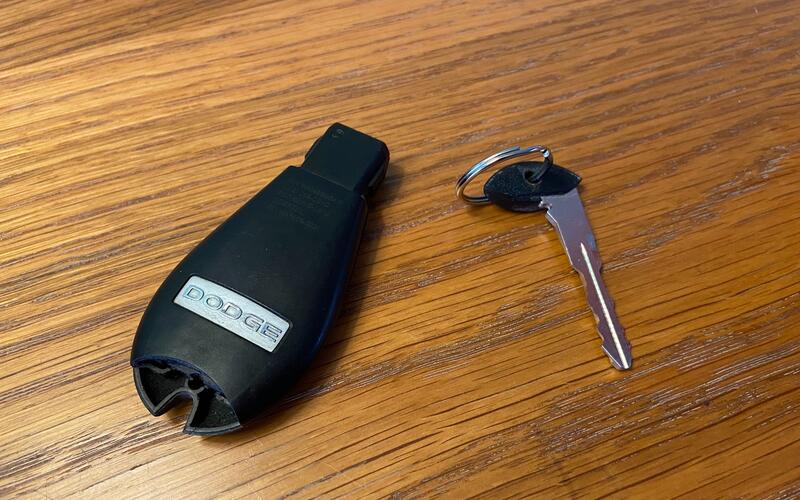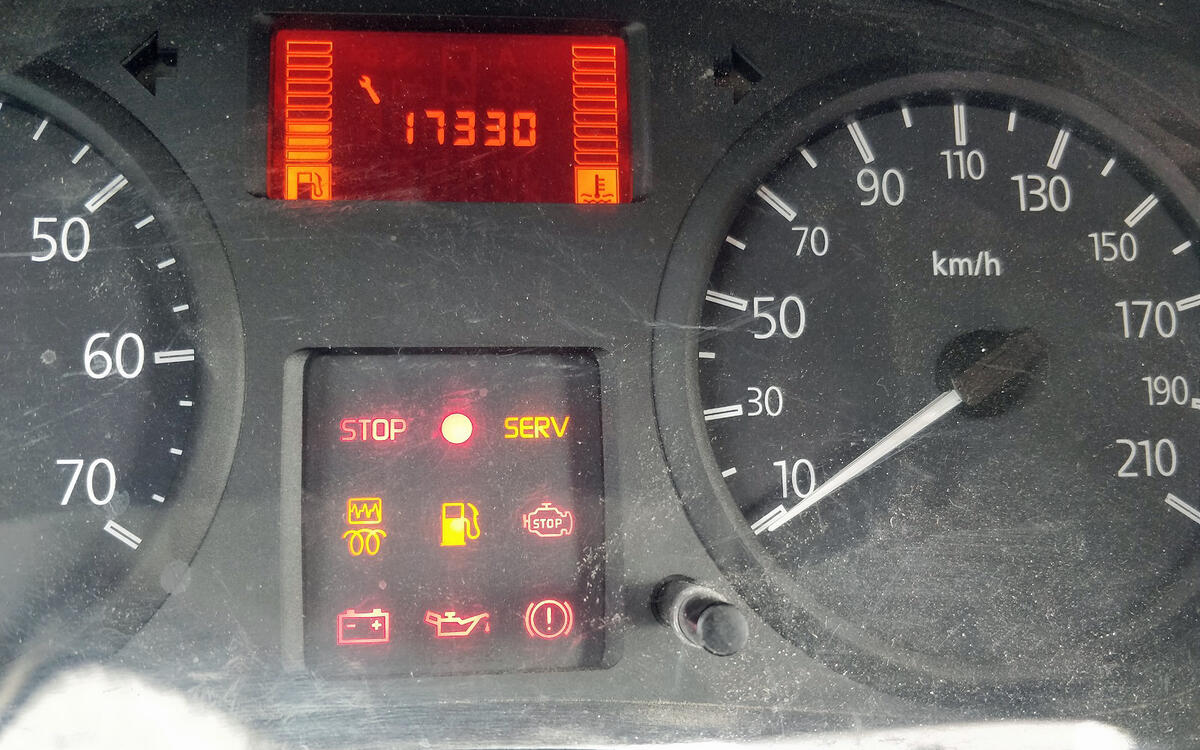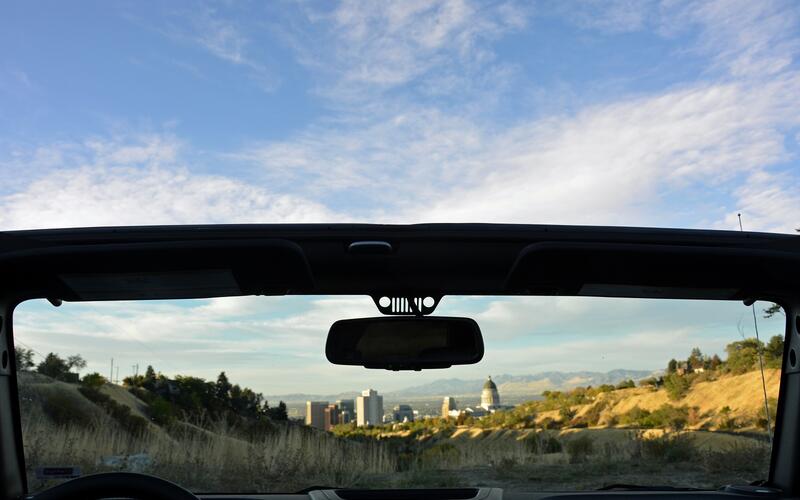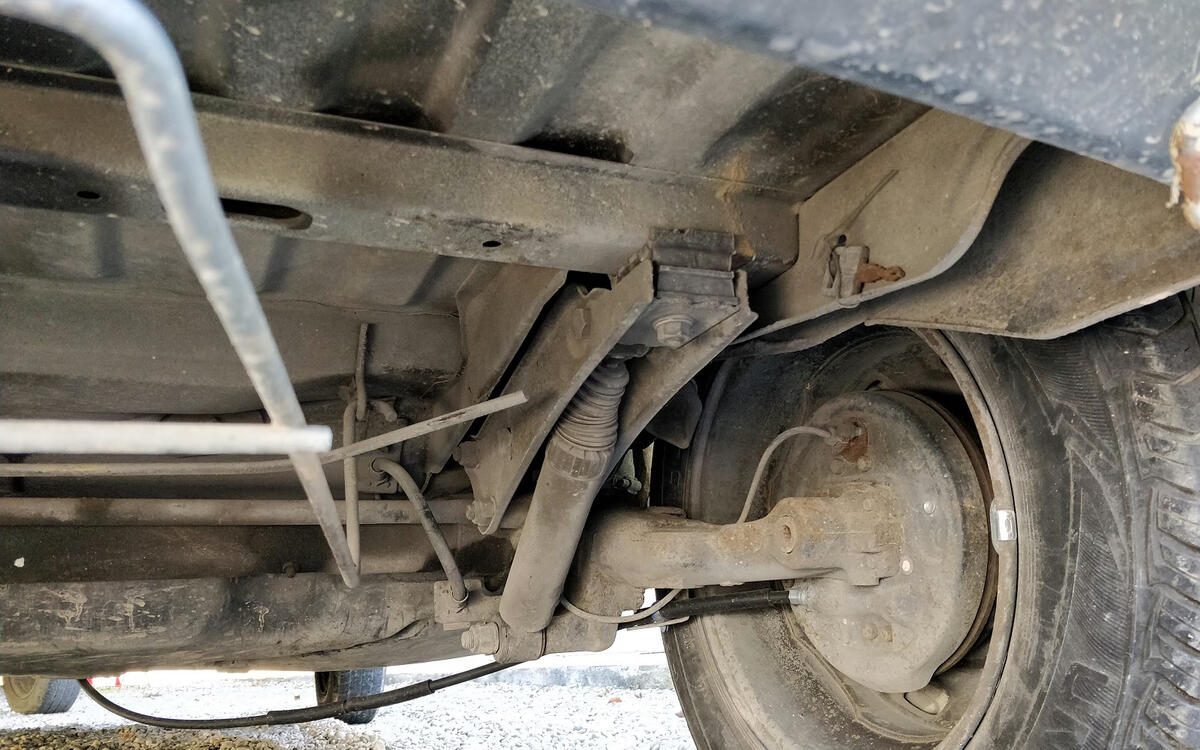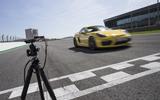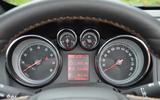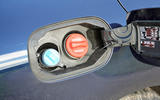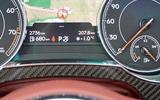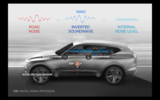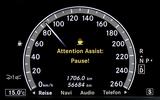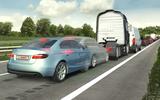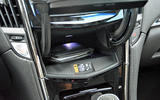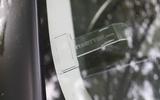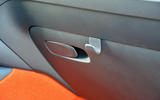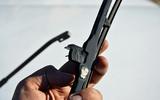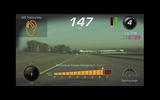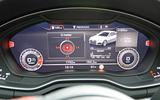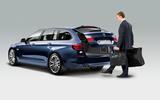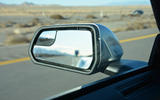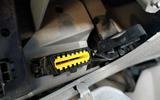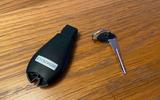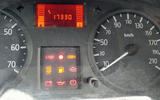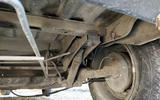 Slide of
Slide of
There might be a few things you can still learn from the car you’ve spent years driving.
Did you know your daily driver might be warning you when there’s ice on the road? Are you aware of what’s going on behind the scenes to make the cabin quiet, or of the built-in way you can carry soup and a four-cheese calzone home without sending both flying into the dashboard if you slam on the brakes? Cars are full of little surprises concealed in the name of practicality, safety and sometimes pure fun.
From apps to hidden icons, here are the secrets your car might be keeping from you:
 Slide of
Slide of
The fuel filler locator
Most manufacturers make it easy to find which side of the car the fuel filler is located on. Look for a triangle-shaped symbol in the instrument cluster; it’s normally located right next to the fuel gauge. The direction it’s pointing in indicates the side of the car the fuel filler is on.
 Slide of
Slide of
The fuel cap holder
Where do you put the fuel cap while you’re filling up? On the roof, on the rear wiper, on the pump or somewhere else? In many cars, there’s a plastic holder neatly integrated into the fuel filler flap so you don’t need to let it dangle and bang against the bodywork or find a spot for it. On other cars, the inside-centre of the cap has a short plastic prong, which enables it to be placed into a hole on the inside of the flap, holding the cap in place.
 Slide of
Slide of
The icy road warning
Many late-model cars emit a visual warning when there’s a chance of encountering ice on the road. When the outside temperature drops below a certain level, you’ll see a snowflake-shaped icon next to the numerical display (or, sometimes, a warning message in the instrument cluster) indicating that it’s cold enough for ice to form.
This feature isn’t a substitute for driving carefully; for example, ice forms on bridges before roads (cold winds strike bridges from above and below and on both sides, so it loses heat from every side - a road is only losing heat from its surface) - and odds are your car doesn’t know you’re about to drive over one.
 Slide of
Slide of
Active noise cancellation
The amount of sound-deadening material packed into a car depends largely on the make and the model, but it’s there regardless of what you drive. Some companies take the quest for a silent, comfortable ride a step further by using active noise cancellation technology.
It’s similar to what you find in high-end headphones in the sense that it relies on a microphone to detect and analyse sound, whether it comes from the wind or the engine, and mute it by emitting inverse waves through the speakers.
 Slide of
Slide of
The drowsiness indicator
There are several ways for a car to tell its driver is getting drowsy. One of the better-known systems on the market is Mercedes-Benz’s Attention Assist technology, which became available in 2009. The function relies on sensors that record the driver’s steering inputs during the first few minutes of a trip. It creates a temporary profile and uses it to detect when the driver begins making steering errors, like veering out of a lane, and correcting them in a quick and abrupt manner.
The company’s research shows haphazard steering corrections are an early sign of drowsiness. Attention Assist emits visual and audible alerts (sometimes shaped like a coffee cup) to tell the driver’s it’s time to take a break.
Similar systems are available in cars made by a long list of companies including Audi, BMW, Ford, Kia, Mazda, Volvo and Volkswagen, just to name a few. Cadillac’s technology relies on a driver-facing camera that tracks the driver’s head and eyelid movements in real time – and even through sunglasses.
 Slide of
Slide of
Automatic emergency braking (AEB)
Automatic emergency braking (AEB) technology uses cameras, radars or both to measure the distance between you and the car ahead. It works behind the scenes and you don’t normally know it’s there, but it triggers the brakes if it detects a collision is imminent. It can’t prevent every collision but it almost always mitigates them; the slower you hit something, the more likely you and your car are to survive.
AEB is one of the electronic driving aids that will become mandatory in every car sold new in the European Union by 2022. Here again, technology doesn’t replace an attentive driver so it’s wise to always keep both eyes on the road at all times rather than relying on a radar to keep you safe.
 Slide of
Slide of
The hidden storage compartments
Cars are often full of hidden storage compartments that allow you to keep valuables out of sight. Their location varies depending on the make and the model. They’re sometimes carved into the footwell, integrated under the cargo compartment floor or hidden beneath the seats. Certain late-model Cadillac models (including the ATS) even have a compartment behind the climate control panel (pictured).
 Slide of
Slide of
The parking ticket holder
Some cars feature a transparent plastic clip attached to either side of the windshield. It lets you display parking tickets in plain sight so there’s no confusion over whether or not you’ve paid. If your car doesn’t have a holder, you can find one cheap from a variety of online vendors. It’s not a bad investment; we once paid 900 Danish Krone (about £104) because our parking ticket slipped under the dashboard.
 Slide of
Slide of
The grocery bag hooks
Nissan claims it invented the grocery bag hook (which it calls the curry hook) for the Almera released in 1996. It’s a plastic hook that lets motorists keep bags – especially those containing hot, tasty and potentially messy meals – upright while driving. Many automakers have adopted this solution in the past quarter of a century; Volvo integrated one directly into the XC40’s glove box lid (pictured), for example.
 Slide of
Slide of
The wiper service position
In some cars, notably many made by the Volkswagen Group, it’s impossible to lift the wipers up when they’re in their parked position because they’re tucked under the bonnet. To change the blades, make sure the bonnet is closed, turn the ignition on and off again and push the wiper lever down briefly. They’ll move up and stay there. When you’re done, turn the ignition on and press the lever again.
 Slide of
Slide of
The built-in data logger
Performance models made by Cadillac, Chevrolet, Ferrari, Lamborghini and Porsche, among other brands, are usually compatible with built-in data loggers that record key parameters while they’re being driven on a race track. They allow enthusiasts and racers to analyse each track run by looking at data points like where they turned, where they braked and the throttle position at any given time.
Some systems overlay this information onto video footage of each lap; Chevrolet’s is pictured. It’s a cool way to learn how to drive faster without taking courses or stuffing your prized possession into a wall of tyres. Keep in mind most of these features are found on the list of options and they’re usually not cheap.
 Slide of
Slide of
The hidden gauges
The proliferation of screens gives carmakers the opportunity to hide gauges. Some are integrated into the digital instrument cluster while others are buried several menus deep in the touchscreen. In performance cars, like several Audi Sport (pictured) and Dodge models, you can summon a gauge that shows the engine’s real-time horsepower and torque output. G-force meters are common, too.
 Slide of
Slide of
The smartphone apps
The number of new cars compatible with a purpose-designed smartphone app grows annually. Volvo On Call lets motorists remotely lock and unlock a compatible car, adjust the climate control system and find where it’s parked, among other functions. Porsche’s Track Precision app (pictured) allows enthusiasts to save lap times and record driving data. With Mopar Connect, owners can even geofence their car and receive an alert if it drives outside of the boundaries or if it exceeds a certain speed.
 Slide of
Slide of
The hands-free boot lid
Some late-model cars allow motorists to open the boot by simply waving their foot under a sensor hidden beneath the bumper. This feature comes in handy if you’ve got your hands full; you’d otherwise need to set down whatever you’re carrying, open the boot and pick it all up again. Note the boot won’t open if you’re not carrying the key fob, otherwise anyone would have access to your car.
 Slide of
Slide of
The heated door mirrors
It’s never a good idea to take an ice scraper to your door mirrors. You risk damaging the glass, the housing and the mechanism that moves it. Some cars offer a quick, effortless solution by integrating heating elements into the glass. Turning on the rear defroster often heats up the mirrors, too, but there are some vehicles in which you need to push a specific button. It’s likely next to the mirror controls.
 Slide of
Slide of
The OBD2 port
Every late-model car is fitted with an OBD2 port, though its location varies from model to model. It’s often under the dashboard or in the centre console. You don’t need to be a certified technician to explore what’s stored in your car’s digital brain via this port. In most cases, a cheap adapter widely available from online vendors and a smartphone app is all you need to read error codes.
 Slide of
Slide of
The key inside a key
Keyless entry is a brilliant convenience feature until the battery dies and you’re locked out. Before you ring roadside assistance, take a look at the key fob and find the little metal key hidden in it; you may need to push on a tiny button to get it to pop out. Use it like an old-fashioned key to unlock your car.
 Slide of
Slide of
Resetting the service indicator light
Knowing how to reset (or turn off) the service indicator light is a must if you perform your own maintenance. There is no standard procedure but there’s almost always a way to make the service icon disappear from the instrument cluster. Look online to find car-specific instructions.
In some Renault models, for example, you must turn on the ignition (not the engine), press the accelerator pedal in all the way, press the brake pedal three times and set the desired service interval using the button in the instrument cluster. Memorising this procedure can save you an expensive trip to the garage after every oil change.
 Slide of
Slide of
The brand-specific Easter eggs and features
Developing a car is harder and more expensive than ever before but that’s not an excuse to leave creativity behind. Some manufacturers integrate clever features into their models while others hide so-called Easter eggs in the cabin or on the body to remind us cars aren’t just boring appliances.
Jeep is one of the industry’s Easter egg champions. Take a look at a current- or last-generation Wrangler (pictured) and you’ll find several hidden images of the original Willys. Tesla is good at this game, too, though most of its Easter eggs are buried inside its touchscreen-based infotainment system.
 Slide of
Slide of
Whatever the previous owner left you
Cars are a product of their environment, but as they get older they also become an extension of the different people that drive them. We’ve seen a home-made flashlight holder riveted to the driver-side door panel of a Simca 1100, a spare key tied to the underbody of a Peugeot 205 (pictured), circuit-breakers to stop a battery drain in a Renault 4, a bench seat literally made of wood in a Citroën 2CV and family photos hidden in unlikely places, like underneath the fuse box cover, in a Mercedes-Benz 300D.
From apps to Easter eggs, there are a lot of unexpected surprises in modern cars
Advertisement


